DIRECTORY:
– Determining the level
– Deciding the aesthetic
– Choosing the family dynamic
Determining the Level
Esi’s G.D.D. specified up to 5 levels for us to pick from, and we debated back and forth between them for a while. Each had its own flavour of wacky that we enjoyed, however, we only had so much time on our hands.
Our immediate favourite was Level 4: The Uni students. Being Uni students ourselves, we had plenty of ideas on how we could build a student house – making it dirty, the sinks and rubbish bins overflowing, filled with bottles of alcohol and cigarettes, the remnants of parties; there would be a complicated social dynamic between the flatmates you could take advantage of. Regretfully we had to rule it out. Making so many lively NPCs would be too much of a task to complete in the amount of time we had.
There was also some enthusiasm for Level 3: The Mad Scientist. Set in a sterile labratory, there was plenty of fun to be had knocking about delicate chemistry equipment; creating your own potions; setting your fellow rats free from animal testing. There would also be only 1 NPC to program. On further reflection, we also ruled this out. The Mad Scientist was a cool concept, but the atmosphere was too far removed from what the rest of the game was like, and didn’t feel like it fit in as a first introduction to Ratham.
The one we decided on was Level 2: The Family. There were only 3 NPC’s to program, and a quaint family house felt like it fit right in with Ratham’s atmosphere. Further than that, we discovered we could capitalise on the demographic’s nostalgia for growing up in the 2000s. Common pieces of furniture, toys, and wallpapers could be cherry-picked from old magazines or photographs. And there was plenty of mischief to be had within a family. We could make it so the rat brought the family close together – or, darkly, cause a divorce. It was perfect!

Deciding the Aesthetic
One of the biggest problems in Oh, Rats! was designing the level and aesthetic, which took weeks to accomplish. The initial draft had some flaws that became obvious when greyboxed out; namely, that there was no door to the outside world, and in placing one much of the furniture had to be shuffled around, resulting in a strange placement. There was too much empty space.

When we rearranged things a bit, we found a nice design for the kitchen made of looping furniture, but were still stumped on the living room. Parker made somewhat of a functional design by reorganising the room into different “sections”, but a lot of the room was still blank, and now the sections felt a little too safe.
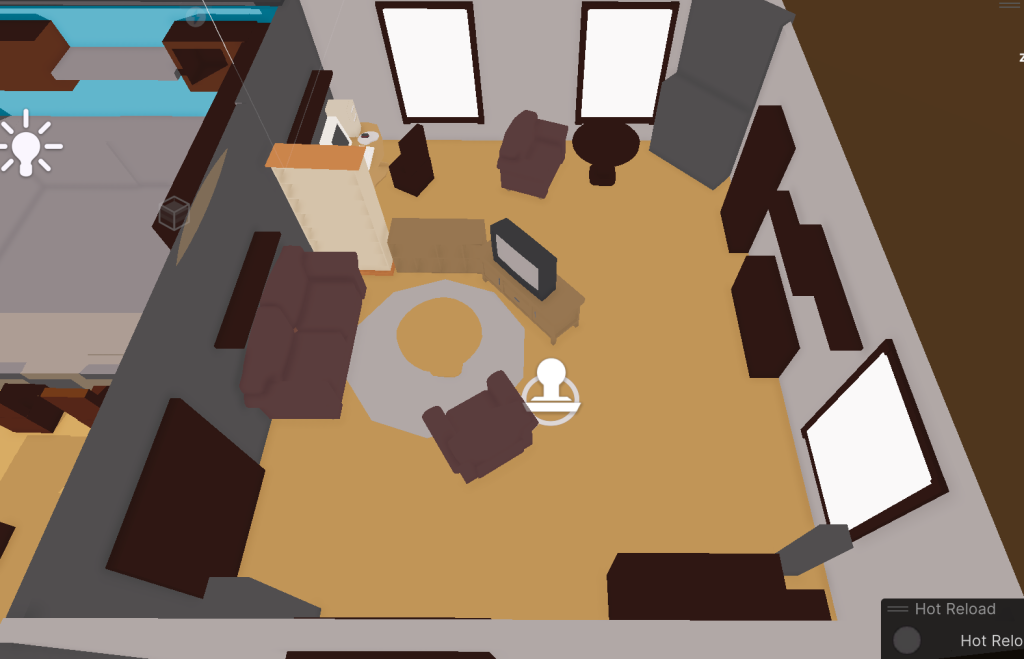
Finally, Indiana redesigned it by re-organising the shape of the house to suit a more traditional London one. The front wall was pushed out to create a little more room, and furniture was placed along a loop that breaks for the entrances. This way the outer walls were very safe points, but the challenge would lie in drawing the player out of the hiding space to complete quests. And as it is the first room the player enters, it didn’t need to be too difficult to navigate.
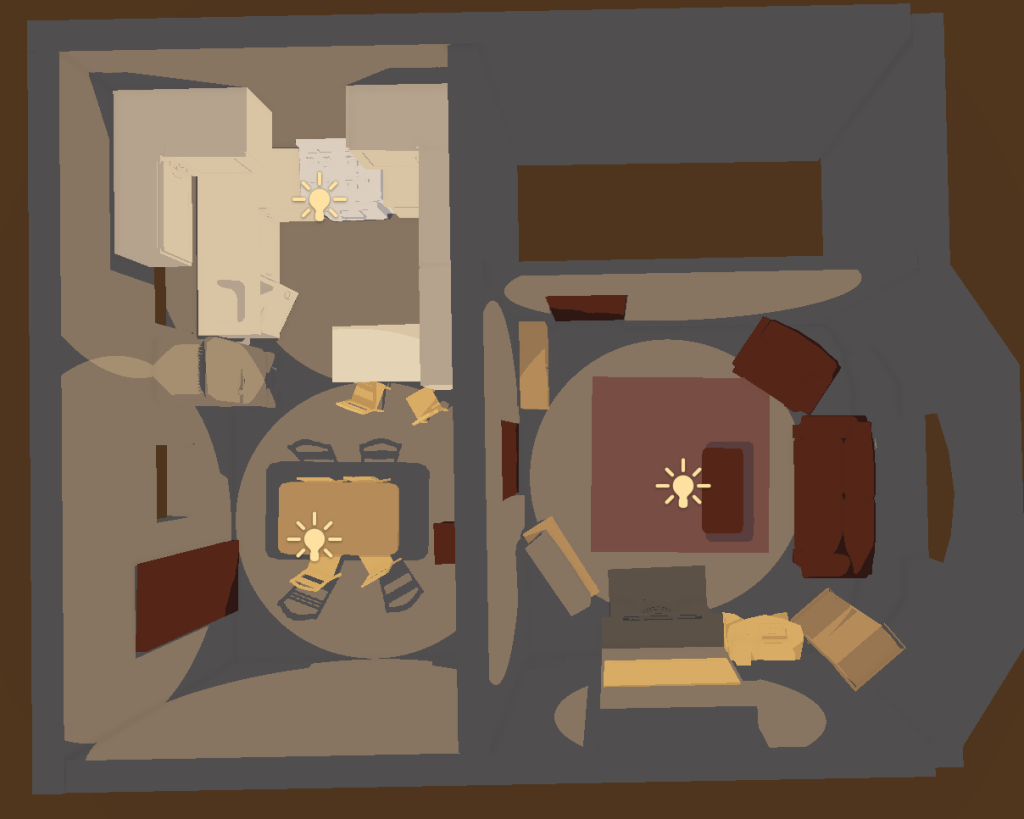
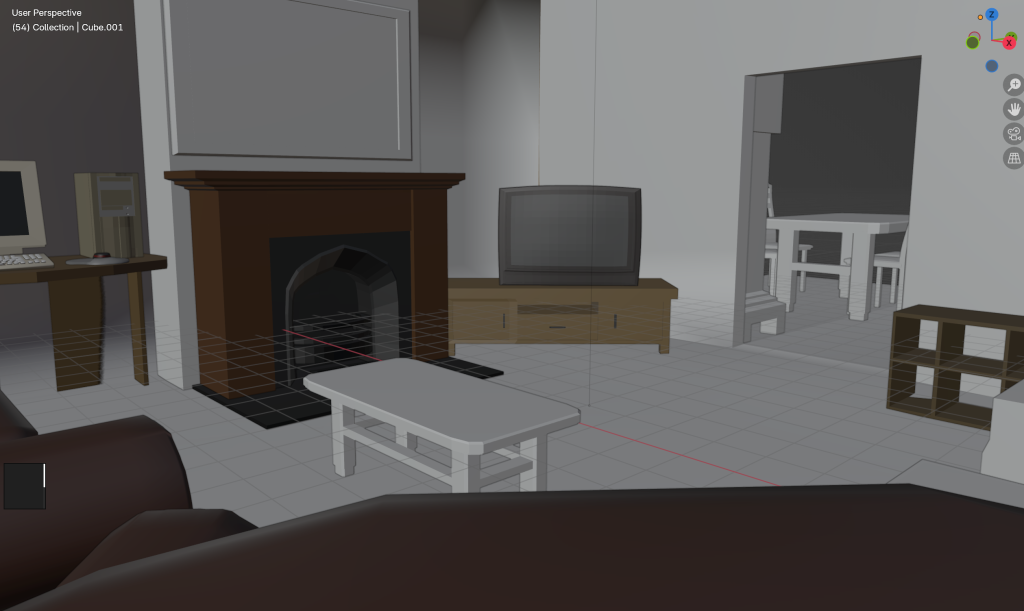

Choosing the Family Dynamic
Another issue was a split of opinion in lifestyle between Parker and Hugo, and Indiana, which played a lot into the level design issues as illustrated above.
Parker and Hugo wanted the house to be middle-class, and had ideas about turning the oven into an agar, and fancy block lights to easily parkour across. Indiana wanted the house to look more working-class, as this was more typical of places like Peckham and Croydon (that Ratham was based on), more relatable to players, and would be less sleek and minimalist in design and colour (more clutter for the player to interact with/blend into). Finally in the end we settled on more working-class.
There were also internal discussions about personalities and tropes. It was decided early on that we would go for stereotypes, transforming the Father into a Homer Simpson type that did a lot of couch-sitting and drinking beers and the Mother into a fussy caretaker, the one who was most concerned about rats being in the house – stereotypes that, at least on a very base level, can be observed in a lot of homes. The son would be a little edgier, on the cusp of teenhood, and inspired by Sid from Toy Story horrifically destroying toy dolls. By inspiring this thought in players, they can only imagine what he’d do to the rat if he got his hands on them.
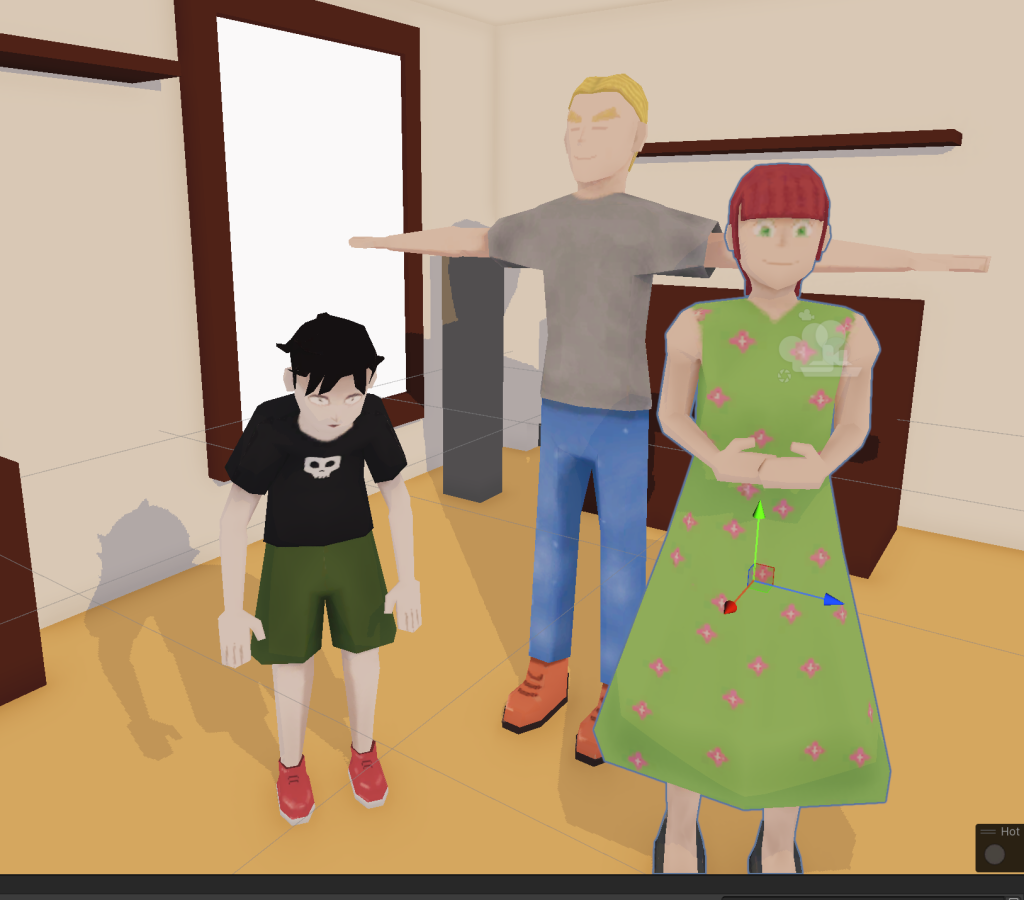
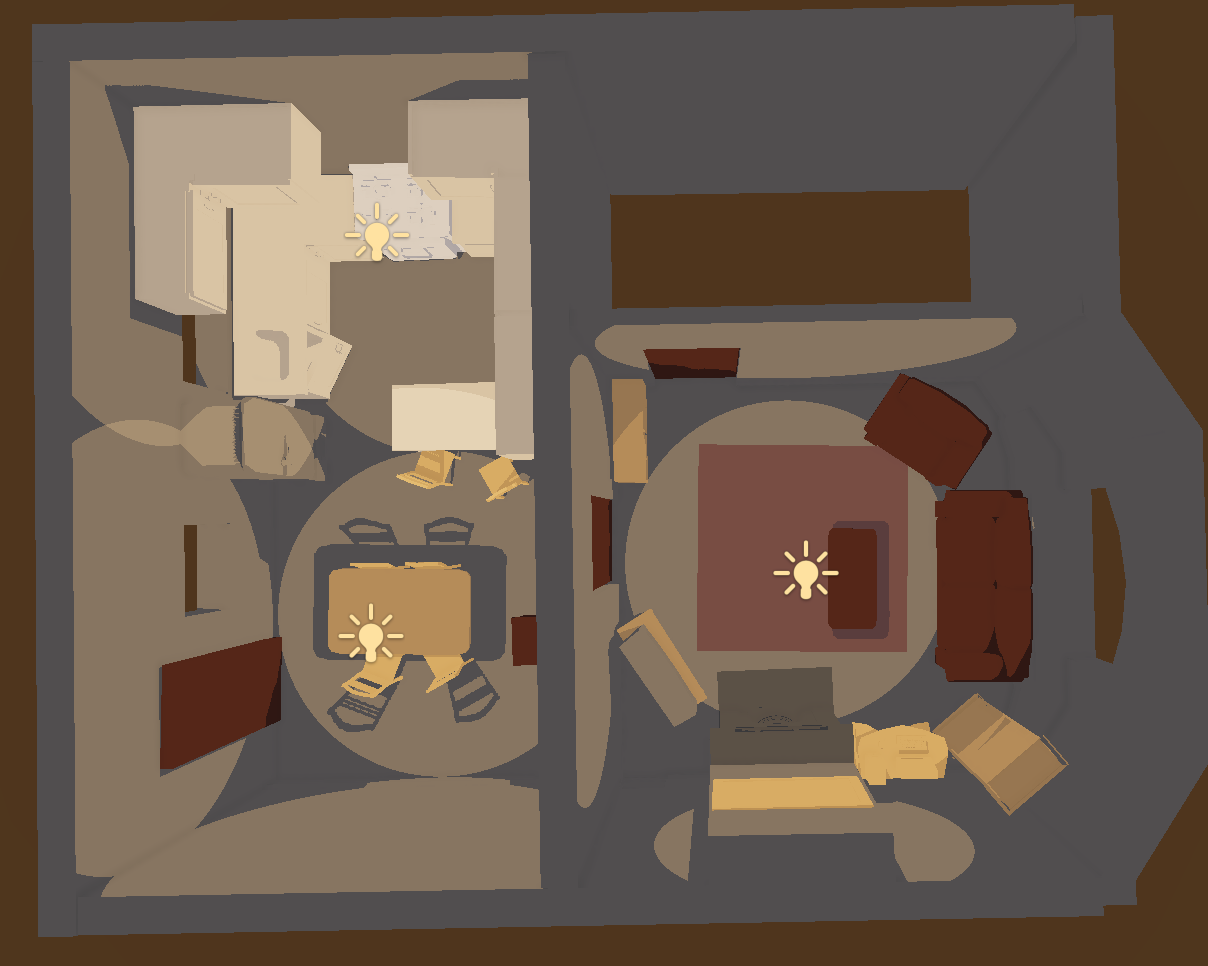

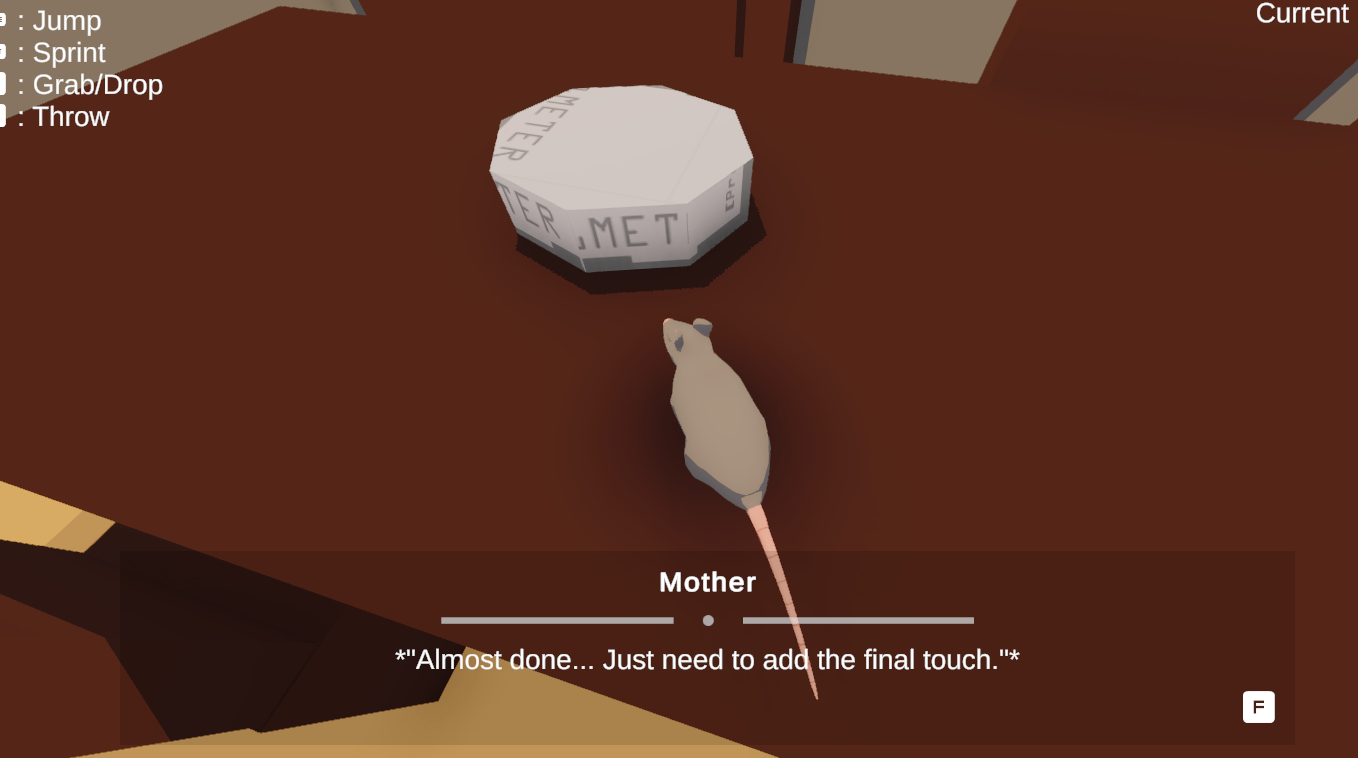


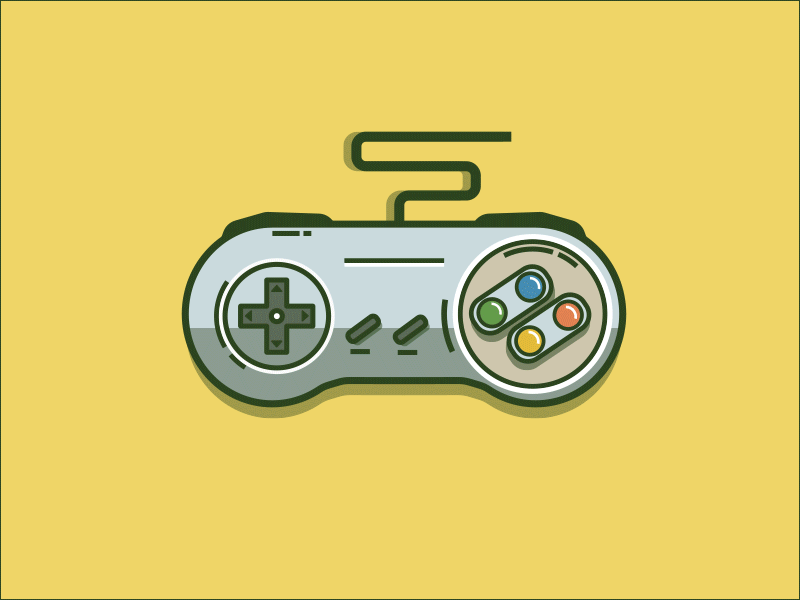
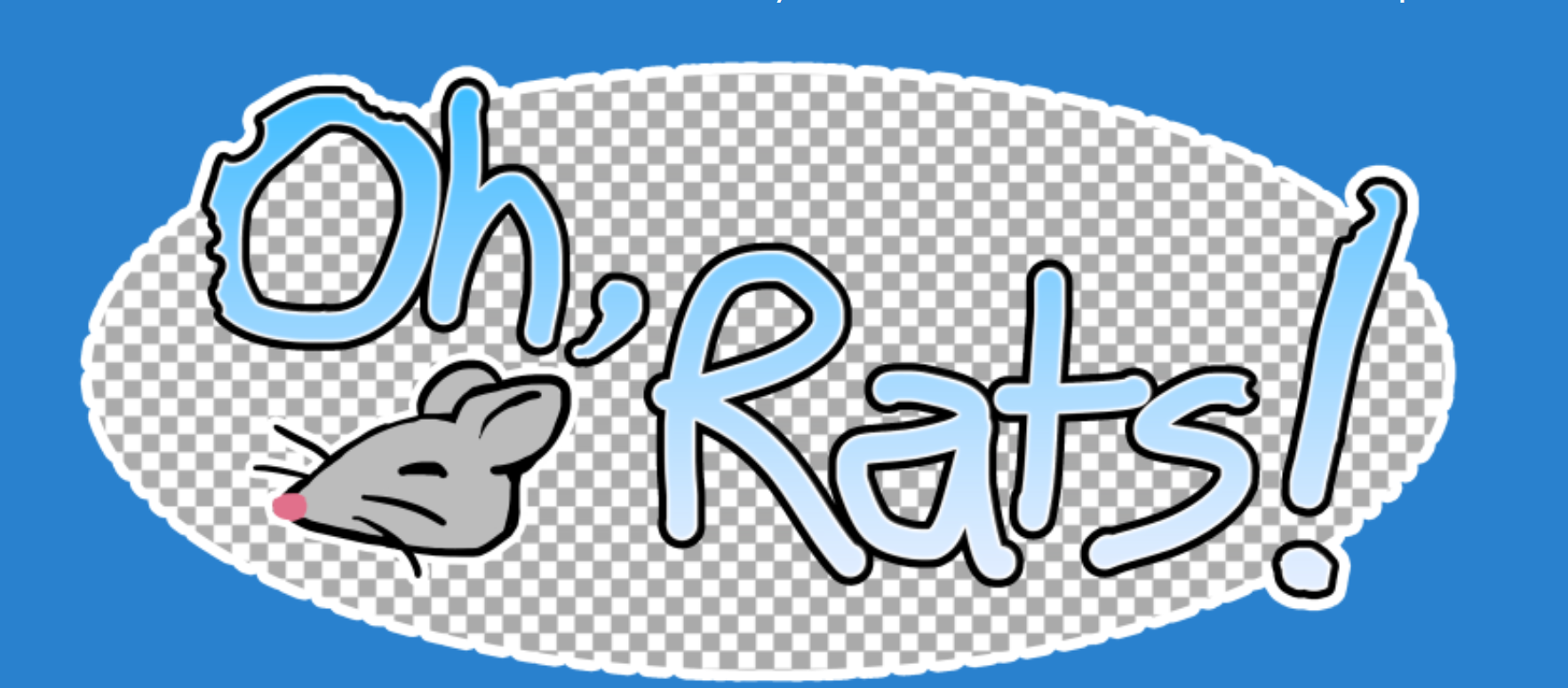

Leave a Reply